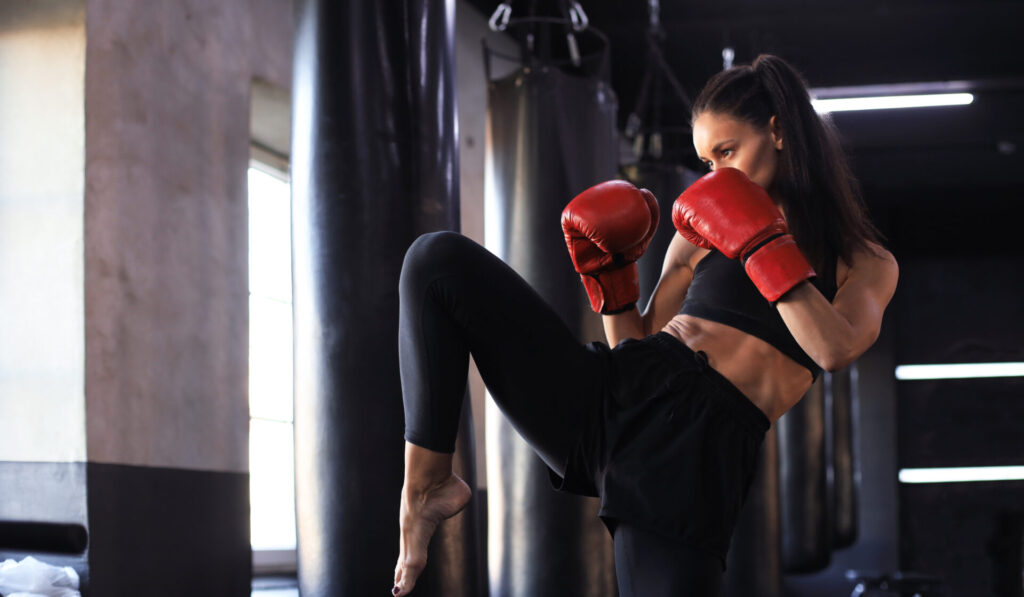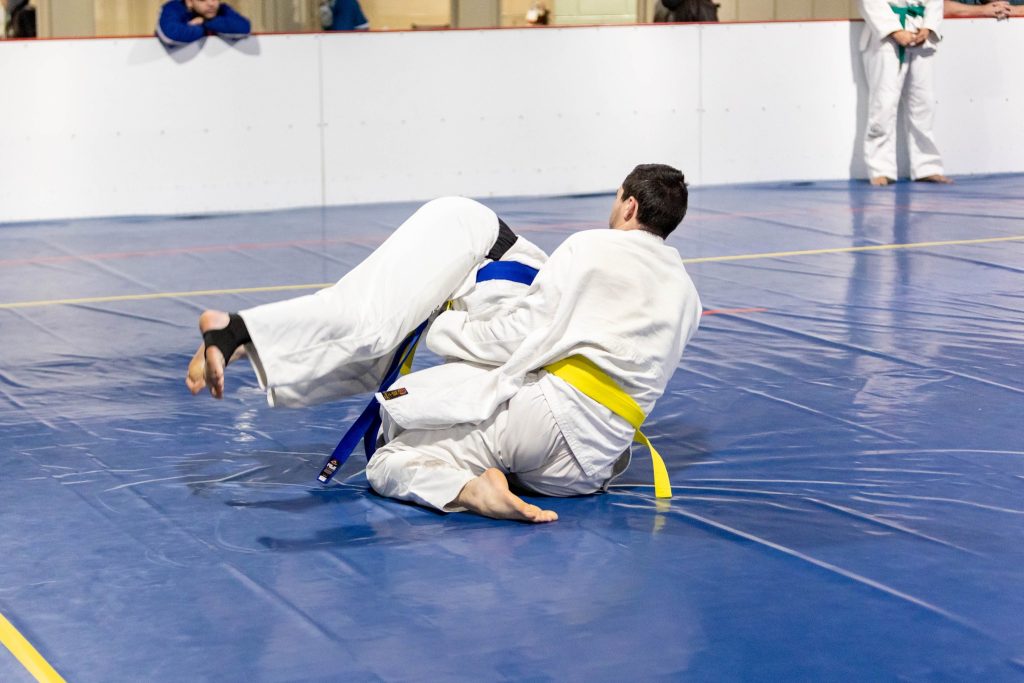
In the world of martial arts, two disciplines stand out for their distinctive styles and profound impact on self-defense, fitness, and competitive sports: Jiu-Jitsu and Kickboxing, particularly the Muay Thai variant. Both martial arts have rich histories, unique techniques, and specific focus areas, making them popular worldwide. This article delves into the intricacies of Jiu-Jitsu vs. Kickboxing, highlighting their differences, strengths, and how they complement each other when integrated effectively.
Understanding Jiu-Jitsu: The Gentle Art

Jiu-Jitsu often referred to as “the gentle art,” is a martial art that emphasizes technique, leverage, and ground fighting. It originated in Japan and was later adapted and refined in Brazil, leading to the development of Brazilian Jiu-Jitsu (BJJ).
Key Principles and Techniques
- Leverage and Technique Over Strength: Jiu-Jitsu practitioners (often called ‘Jiu-Jiteros’) rely on leverage, joint locks, and chokeholds to control or submit their opponents, making it an effective martial art regardless of size or strength.
- Ground Fighting Prowess: Much of Jiu-Jitsu’s strategy is focused on taking the fight to the ground, achieving a dominant position, and using submissions to neutralize the opponent.
- Defensive Tactics: Jiu-Jitsu provides effective self-defense techniques, particularly against larger and stronger assailants, by emphasizing defense, control, and submissions without relying on striking.
Exploring Muay Thai Kickboxing: The Art of Eight Limbs
Muay Thai, known as “The Art of Eight Limbs,” hails from Thailand. It’s a striking martial art that utilizes punches, kicks, elbows, and knee strikes, making it one of the world’s most formidable stand-up fighting systems.
Key Principles and Techniques
- Striking Power: Muay Thai practitioners harness the power of their entire body to deliver forceful strikes, utilizing rotational movement and total-body coordination.
- Use of Eight Limbs: As the name suggests, Muay Thai fighters skillfully use their fists, elbows, knees, and shins to strike, block, and maneuver, offering a versatile and comprehensive striking arsenal.
- Clinch Work: Unique to Muay Thai is the clinch, a close-range combat technique where fighters seek to control their opponent’s head and body to deliver strikes or set up other techniques.
Synergistic Relationship: When Jiu-Jitsu Meets Muay Thai
While Jiu-Jitsu and Muay Thai may seem worlds apart, they offer complementary skill sets that can significantly enhance a martial artist’s versatility and effectiveness, both in self-defense scenarios and in mixed martial arts (MMA) competitions.
Complementary Skill Sets
- Striking vs. Grappling: Muay Thai’s striking prowess perfectly complements Jiu-Jitsu’s grappling and ground control. A practitioner well-versed in both disciplines can dominate a fight’s standing and ground phases.
- Range Management: Understanding the preferred fighting range of each martial art allows practitioners to control the distance in a fight effectively, closing in for Jiu-Jitsu techniques or maintaining distance for Muay Thai strikes.
- Enhanced Self-Defense: Combining the defensive and control techniques of Jiu-Jitsu with the striking force of Muay Thai creates a well-rounded self-defense skill set, preparing an individual for various confrontational scenarios.
Integration in Mixed Martial Arts (MMA)
- Strategic Diversity: MMA fighters often integrate Jiu-Jitsu and Muay Thai into their training to ensure a balanced skill set, capable of handling opponents with varying strengths and specializations.
- Adaptability: The synergy of Jiu-Jitsu and Muay Thai allows fighters to adapt their strategy based on the dynamics of the fight, switching between striking and grappling as the situation demands.
Conclusion: Jiu-Jitsu vs. Kickboxing
Jiu-Jitsu and Muay Thai stand as pillars in the martial arts community, each with distinct philosophies and techniques. However, it’s in their combination that practitioners can unlock a new realm of martial prowess. Embracing the gentle art’s control and submission techniques with the devastating strikes of the art of eight limbs offers a holistic approach to combat sports, self-defense, and personal fitness. As martial arts continue to evolve, the fusion of Jiu-Jitsu and Muay Thai will undoubtedly remain a cornerstone of this ever-dynamic discipline.
